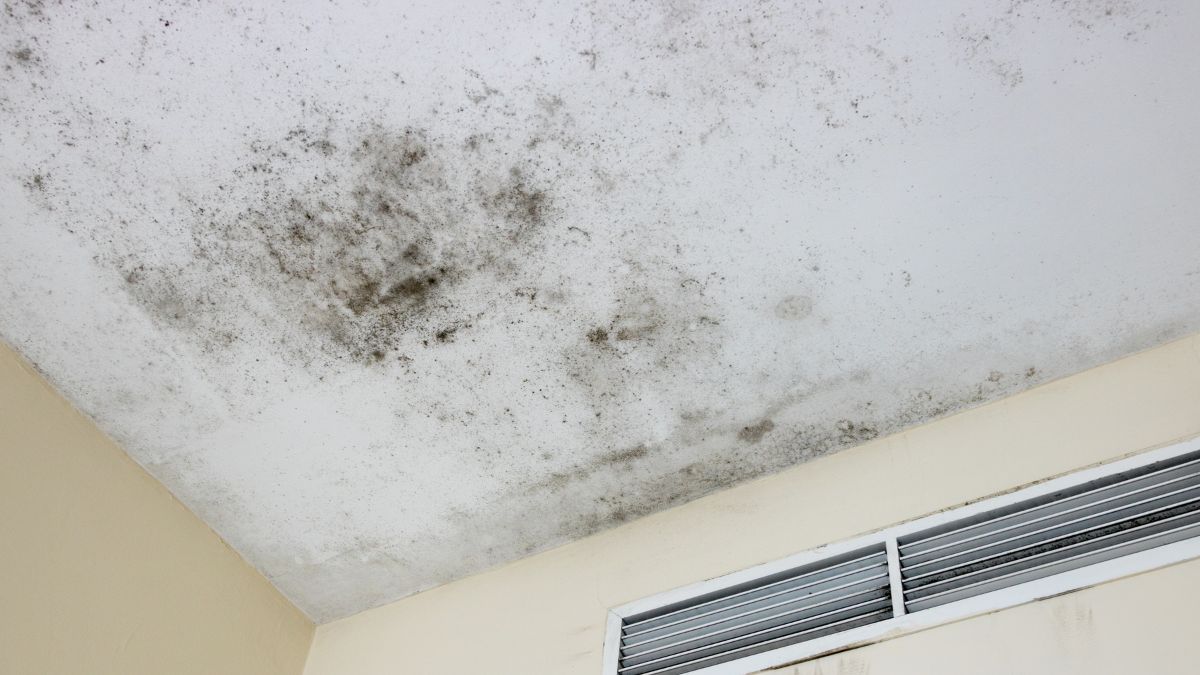The presence of mold in your home can be a cause for concern. However, the severity of the issue depends on the specific type of mold present. While some molds may cause only cosmetic issues, others can pose significant health risks.
This article explores the key differences between black mold and common household mold to aid in proper identification and necessary action.
Health Risks of Black Mold
Black mold, particularly Stachybotrys chartarum, poses significant health risks. Exposure to its spores can lead to:
- Respiratory problems
- Skin irritation
- Fatigue
- Headaches
Individuals with mold allergies or compromised immune systems are especially vulnerable. The presence of black mold in your home should prompt immediate action to prevent these health issues.
Read more: Why Is Black Mold A Health Concern?
Appearance
One of thedifferences between black mold and regular mold is the color. Black mold stands out with its dark, greenish-black color, which often raises concern among homeowners due to its potential health hazards. In contrast, regular molds, sometimes confused with yeast, can appear in a variety of colors, such as green, gray, brown, or even black. This wide range of colors can sometimes make it difficult to identify mold type based solely on appearance.
Prevalence
Another difference between black mold and regular mold extends to their prevalence. Black mold is less common and is usually found in water-damaged buildings. It thrives in environments with chronic moisture issues, indicating a need for immediate attention and remediation. On the other hand, regular mold is more widespread and can be found in damp areas like bathrooms, kitchens, and basements.
Toxicity
Toxicity is another critical factor when comparing black mold vs regular mold. Black mold is particularly concerning due to its ability to produce mycotoxins. These toxic substances can lead to severe health problems. While regular mold can also produce mycotoxins, it is less common and typically less severe. However, regular mold can still cause allergic reactions and respiratory issues, especially in sensitive individuals.
Habitat and Texture
The habitats of these molds provide further distinctions. Black mold is common in very damp areas and often has a slimy texture. Its presence usually indicates long-standing moisture problems that require thorough inspection and repair. Regular molds, which can range from fuzzy to powdery in texture, typically flourish in any consistently damp environment, making them more common in households.
Ensure a Mold-Free Home
Recognizing the difference between regular mold and black mold is vital for maintaining a healthy home. While both types of mold require attention, the severe health risks associated with black mold necessitate prompt and professional remediation. At Mold-B-Gone Remediation, we offer expert mold cleaning services in Atlanta to address these issues. For a healthier home, contact Mold-B-Gone Remediation.

